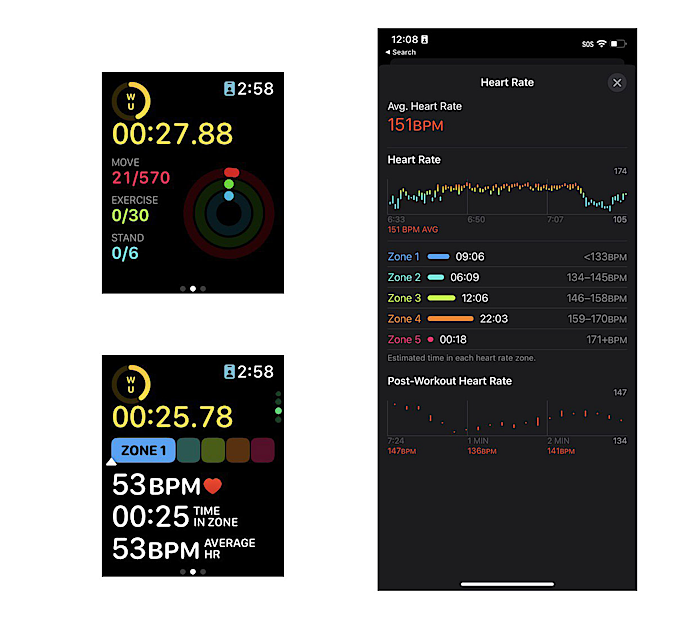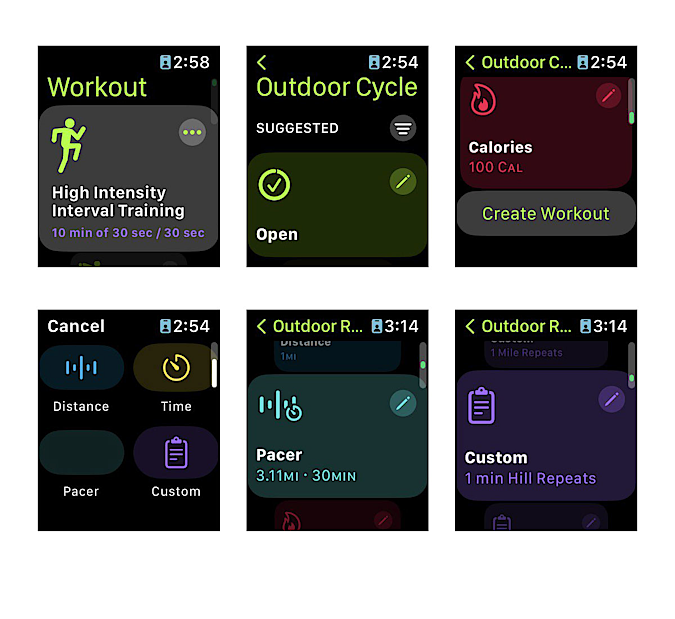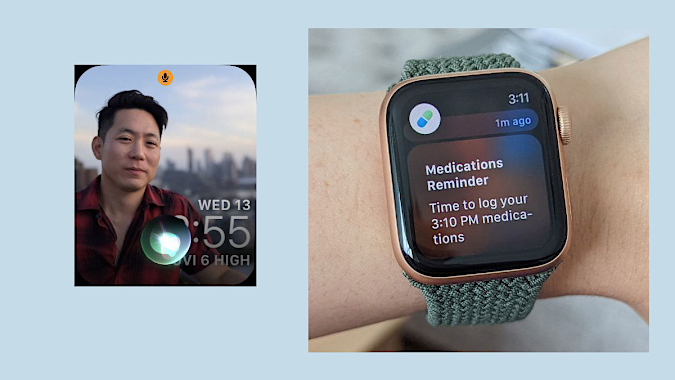Californians brace for increased healthcare premiums if federal subsidies expire
For the last two years, Syd Winlock has had a major burden lifted from his surgically repaired shoulder.
Federal subsidies passed as part of a temporary pandemic relief package have drastically cut how much he pays in healthcare premiums, allowing the Sacramento-area small-business owner to purchase an insurance plan during the last two years that provided better coverage for his shoulder and knee replacements.
Those federal subsidies, however, will expire at the end of this year if Congress does not extend the program. His “very manageable” price — about $700 a month for him and his wife — will increase to $2,300, Winlock said.
“Even if we went to a lesser-type policy, it would still be about $1,800 a month,” Winlock, 63, said. “I mean, that’s more than my mortgage.”
Roughly 150,000 lower- and middle-income Californians would be similarly priced out of coverage by the rising premiums if the federal subsidies are not extended, a Covered California analysis recently estimated.
The federal subsidies were passed in early 2021 as part of the Biden administration’s American Rescue Plan Act, which temporarily provided help to Americans to recover from the economic and health effects of the COVID-19 pandemic.
Under the act, health insurance premiums were capped at 8.5% of a household’s income. That significantly dropped monthly payments and led to more consumers signing up through Covered California, the insurance marketplace created by the 2010 Affordable Care Act for working-age people who aren’t covered by a health plan at their job.
Enrollment in the state’s exchange has hit a record-high 1.8 million, of which Covered California reported that 92% received some form of subsidy.
“These enhanced subsidies have fundamentally delivered affordability and delivered on the promise of the Affordable Care Act in the way that it was intended,” said Jessica Altman, executive director of Covered California.
“There were a lot of people who said things like, ‘Oh, my gosh, you know, for the first time I can afford my health insurance and my child care....’ This is particularly important given the inflationary environment we are in now.”
More than 1 million lower-income earners — individuals making between $17,775 and $32,200 and families of four with income between $36,570 and $66,250 — would see their premiums more than double if Congress doesn’t extend the program, according to the Covered California analysis. Monthly premiums for middle-income earners would increase, on average, by $272 per member next year.
John Baackes, the chief executive of L.A. Care, a health insurance plan serving Los Angeles County’s poorest and most vulnerable residents, said that although the enhanced subsidies don’t expire until the end of the year, the window for Congress to act is growing smaller because of its monthlong August recess. At that point, legislation typically slows down in an election year.
Baackes said health plans will need time to send renewal notices to consumers of anticipated rates for the 2023 coverage year, which are mailed in October.
“So we’re very concerned about it,” Baackes said. “The American Rescue Plan provided increased subsidies that are really a wonderful thing. And many of our members benefited from it.”
With open enrollment beginning one week before the Nov. 8 midterm elections, Democrats on Capitol Hill are increasingly eager to prevent consumers from receiving notices about huge increases in insurance premiums before voters go to the polls. But the debate about whether to extend the subsidies or — as some have pushed — make them permanent has been hamstrung by wrangling over the price tag and the effect on skyrocketing inflation.
Keeping the subsidies an additional three years would cost $74 billion, while the price tag for making them permanent is $220 billion over the first 10 years, according to the Congressional Budget Office.
Gov. Gavin Newsom and state lawmakers proposed spending $304 million in separate state healthcare subsidies to lessen the burden if the federal program is not extended. That money, which is included in a state budget that is expected to be finalized this month, would offset premium increases for more than 700,000 residents.
However, those state-funded subsidies will cover only a fraction of the federal premium discount currently available under the American Rescue Plan, which provided $1.7 billion to California in each of the last two years to help with healthcare costs.
“Nearly half of the folks in Covered California are paying less than $10 a month,” said Anthony Wright, the executive director of Health Access California, a consumer group that is pushing Congress to make the increased federal subsidies permanent. “We live in a high-cost-of-living state, so people will have to make decisions about how much healthcare they can afford.”
That worries Tuan Nguyen, a caregiver in the Silicon Valley city of Milpitas. Having been diagnosed six years ago with a rare and painful disorder called glossopharyngeal neuropathy, Nguyen said he has to buy more costly insurance coverage that allows him to see particular specialists.
“I need the healthcare plan,” said Nguyen, 44. “I need to see my doctor. I need my treatment. These are things that are a necessary part of my life, and they’re all very expensive and getting much harder to afford.”
Reducing the number of uninsured residents in the state has been a top priority for Newsom and legislative leaders, who in 2019 approved legislation creating a fee for anyone who does not have insurance. The individual mandate was intended to induce younger and healthier individuals to buy coverage through Covered California to widen the pool and lower rates overall as Democratic leaders move California closer to universal coverage.
As part of that effort, California has incrementally expanded eligibility for Medi-Cal, the state’s healthcare program for the poor, to certain age groups of low-income people regardless of immigration status. California’s pending budget would offer Medi-Cal to the final remaining age group in 2024, opening the healthcare program to residents 26 to 49 years old regardless of immigration status. Newsom said the move will make California “the first state in the country to achieve universal access to health coverage.”
Miranda Dietz, a research and policy associate at UC Berkeley Labor Center, said the significant increase in the number of Californians with health insurance over the last two years would be in jeopardy without the federal subsidies. Dietz co-wrote a study in partnership with the UCLA Center for Health Policy Research that projects that as many as 1 million people will forgo insurance in California next year if federal subsidies expire.
“It makes it so it’s very disheartening to take away these extra subsidies that have been really crucial in improving affordability for folks,” Dietz said. “It’s a real blow towards that goal of universal coverage and more affordable coverage.”
The added cost of premiums “will be a real struggle for folks who are deciding between rent and groceries,” Dietz said.
For Winlock, the small-business owner, the added cost if federal subsidies are not extended would be temporary. Next year, Winlock and his wife turn 65 and will qualify for Medicare. In the meantime, he would probably look for the cheapest plan possible and hope for the best.
“We probably would look at some alternative ways to get healthcare,” Winlock said. “We certainly wouldn’t be able to afford mainstream healthcare. It is just out of our budget.”
Times staff writer Jennifer Haberkorn in Washington contributed to this report.
window.fbAsyncInit = function() FB.init( appId: '134435029966155', xfbml: true, version: 'v12.0' ); ; if (document.getElementById('facebook-jssdk') === null) const js = document.createElement('script'); js.id = 'facebook-jssdk'; js.src="https://connect.facebook.net/en_US/sdk.js"; js.async = true; js.setAttribute('crossorigin', 'anonymous') window.setTimeout(function () document.head.appendChild(js); , 1500);





:quality(70)/cloudfront-us-east-1.images.arcpublishing.com/tronc/WZGIWSRHQNAZ5B7LAEQTNUHSSI.JPG)